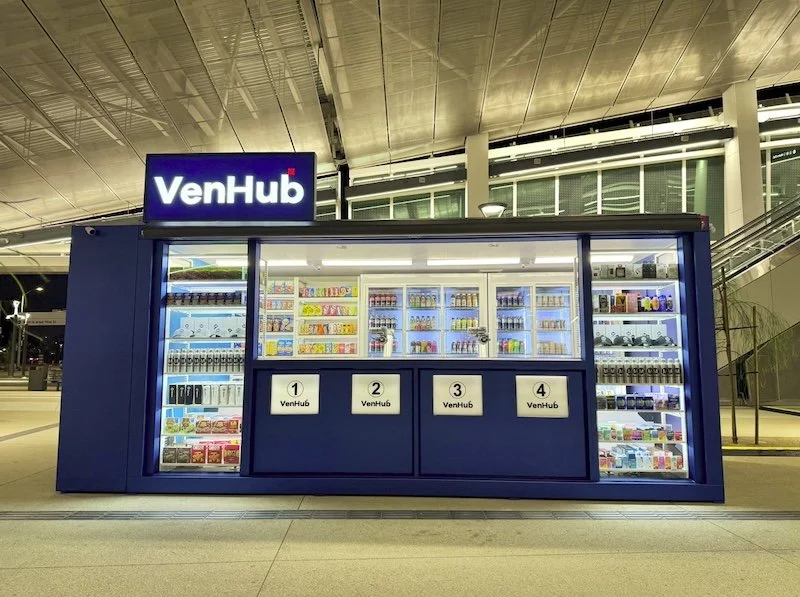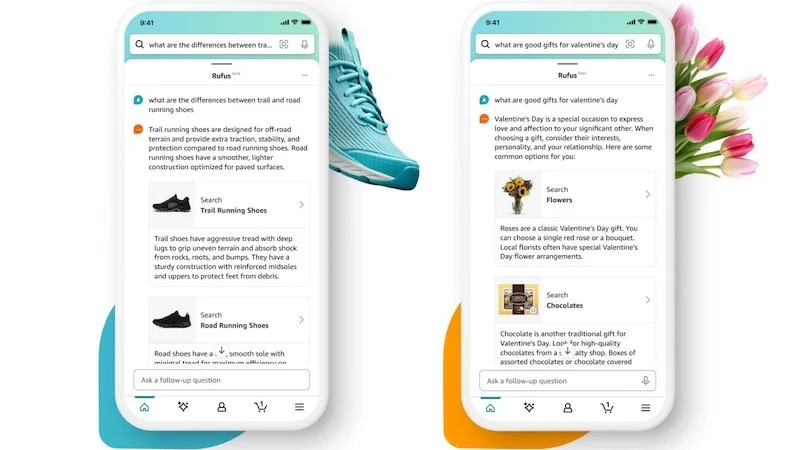Choosing the right partner - the highs and lows of retail technology partner selection
Choosing and implementing technology solutions is always difficult for retailers.
Working with the right partner can make the task significantly less painful. Helping retailers navigate the journey ultimately achieves a successful outcome, by selecting suitable technology partners and solutions.
Retailers are famous for sweating assets. Most retailers are good at getting a lot out of a major investment, which was probably planned to last 5 to 10 years. In some cases, they may still be going 15 or 20 years later.
An organisation that needs to make the right choices often embarks upon major change not having done so recently or having much in-house experience of the process, and therefore needs the most help.
I learned a long time ago that if you ask enough questions, everyone has their “thing”.
The subject that makes their eyes light up, their tone confident and the conversation easy. For me it’s books. There are only a few people in the world I will take book recommendations from.
Why? Well, there are lots of people who can find and understand good books but to find one that is right for me they need to know and understand me, and more importantly I need to trust their knowledge and understanding.
OK, so a new retail technology stack may be a little more of an investment in time and money than a book, but the principle is the same. It’s all about trust.
Not simply taking the beaten track
So, if a retailer wants to find a partner to help select technology, they have to be sure they trust their partner’s opinion.
They also need to know enough about them to understand the requirements and have the experience to avoid the mistakes of others, and appreciate the success of those who have been on the same journey before. No easy task perhaps, but what does that journey look like?
The old days of consulting with retailers involved a short, sharp process whereby the customer’s requirements were quickly determined and the relevant recommendations made. This typically involved hardware and software solutions of which there was a relatively limited marketplace of options.
There has been a revolution and today the market has exploded to encompass a huge range of solutions and equipment, including everything from planning to promotions, accounting to allocations and ERP to endless aisle.
There has also been exponential growth in the number of players in everything from wearables to payments. Just keeping up with the new entrants and who is doing what and with who is a full-time job.
Consider, that in the PoS environment alone there are likely to be 10 potential solution partners for each type of retailer, 10 more are on the way up, and there are probably another 10 that have been established for many years. Some are good within certain categories such as food or fashion but not in others.
Extend the same principle into merchandising systems, planning, replenishment, stock auditing and many other areas, and it’s quite a task to design a future state. Making sense of it all requires solutions, technical or enterprise architects with deep knowledge of the retail sector, a resource we pride ourselves on at PMC.
Independence is important, and we guard ours jealously. We need that independence to take a balanced view across the market, providers, solutions and platforms.
We tend to have a number of partners and solutions selections under way at any one time, and this ensures we are constantly in the marketplace engaging with a huge range of technology providers.
This makes them receptive to our ongoing approaches as they know we understand the products across the retail industry.
PMC have a range of in-house templates and processes for RFIs (request for information) and RFPs (request for proposal) developed over the years to make the process as efficient and auditable as possible.
Seeing big picture solutions, not just technology solutions
In every situation we try to take a holistic approach for clients, and this involves focusing on the total-cost-of-ownership of solutions including the costs of changing the systems to the needs of the retailer, which is so often ignored.
There could be a good value system out there, but it could be very costly to make the necessary changes. We like to talk about solutions architecture involving micro-services, APIs and plug-and-play functionality, which does not involve excessive costs to make changes.
This holistic approach encompasses the belief that the partner selection journey is not just about technology but is also about people and the processes they undertake with systems.
A lot of what we do is looking at these two in parallel. From our experience it can be apparent that a retailers’ required solution can be derived from a change of internal policy and process rather than bringing in a new technology.
The answer to a partner selection could therefore be that there is no need for one at all. As much as we are sometimes encouraged to believe technology is always the answer, sometimes it isn’t.
About the author
Danny Rappaport leads the technology consulting division of PMC Retail, supporting their clients on IT and business strategy projects.
He has a wealth of experience in providing technology and business services to the retail, finance and CPG sectors, and is extremely passionate about the markets and opportunities that exist for customers in today’s global digital economy.















Continue reading…